



Land conversion, driven by rising land prices, large-scale acquisitions, and environmental projects, threatens farmers’ access to land and global food security. This issue is worsened by population growth, industrial agriculture, and shifts in land use.
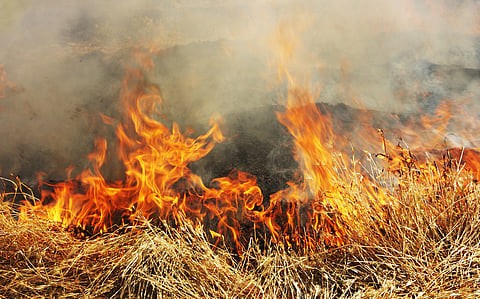
Copyright infringement not intended
Picture Courtesy: Down to Earth
Anthropogenic land use conversions in 2023 totalled 28.6 mega hectares (mha), half of which replaced long-lived or secondary natural vegetation, according to the first global land change monitoring system as reported by OPERA Land Surface Disturbance Alert (DIST-ALERT).
Source: Down to Earth
|
Practice Question Q. Land degradation is both a cause and consequence of food insecurity. Discuss in the Indian context with suitable examples. (250 words) |
Land conversion refers to the changing the use of available land due to rising demand for agriculture, infrastructure, carbon projects, and commercial use.
Green grabs are land acquisitions carried out in the name of environmental conservation or climate action.
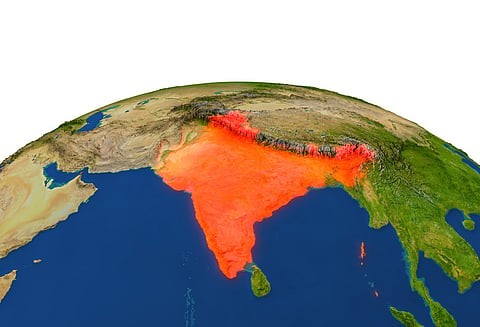
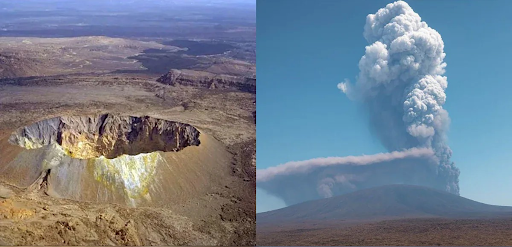
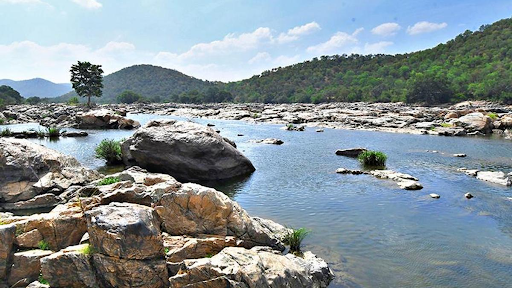

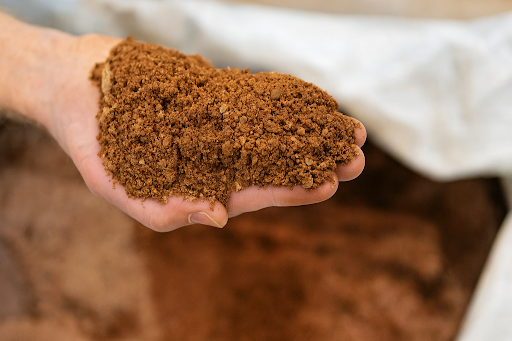

© 2025 iasgyan. All right reserved